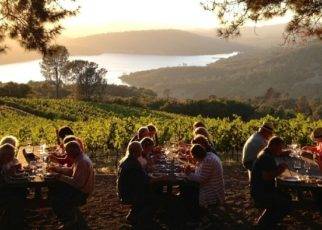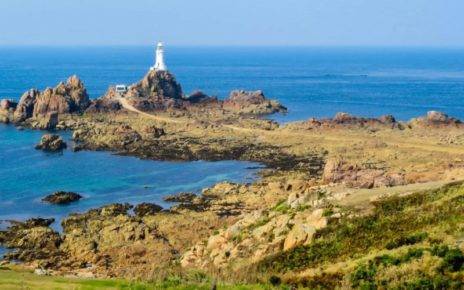The wine touring experience is coming of age in many parts of the U.S. The former practice of walking into a tasting room and chatting with the winemaker still thrives in small rural wineries. But a revolution in wine touring has taken hold in many of America’s most popular wine regions.
Napa Valley was the first to succumb. As recently as the 1960s, you could still enjoy a casual, unhurried experience in most of the wineries there. Then soon would come organized tours, often conducted by hired help with little knowledge of anything that hadn’t been scripted.
Bus tours were soon to follow, which encouraged the wineries to build larger tasting rooms. Then came on-site restaurants and tasting fees. Limousine services appeared, followed by balloon tours and wine trains. Four star restaurants sprang up, attracting world-renowned chefs. Ever larger and fancier wineries were built. Wine touring in Napa Valley became serious business. Traffic congestion began to build up on Highway 29 and the burgeoning wine touring business spilled over into neighboring Carneros and Sonoma Valley.
This new wine touring scenario has taken root in many other regions, most notably Temecula, portions of Santa Barbara County, and the Columbia Valley.
In times past, wine tasting was almost always free and served in small tulip shaped glasses which were reused. Tasting fees began to appear. At first they were quite modest, typically two or three dollars. As tasting fees climbed, wineries began putting their logo on the glass and giving it you you as a souvenir. Today there are still a few wineries offering free tasting, but the most common tasting fee is $5, including the glass.





